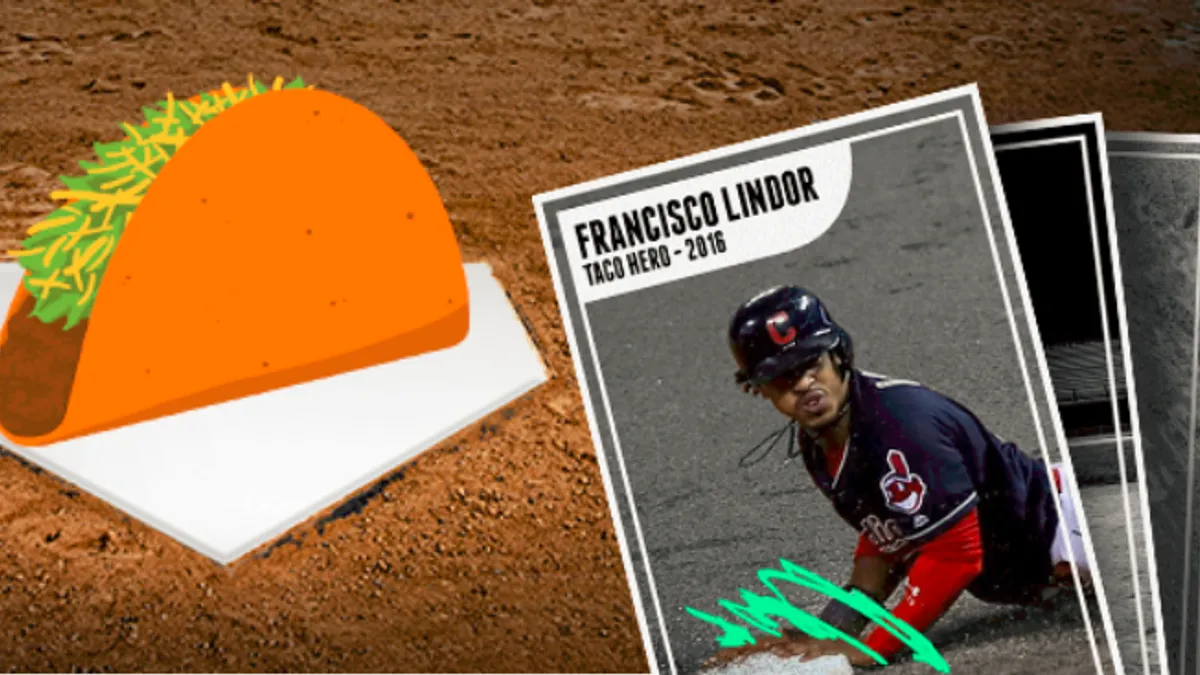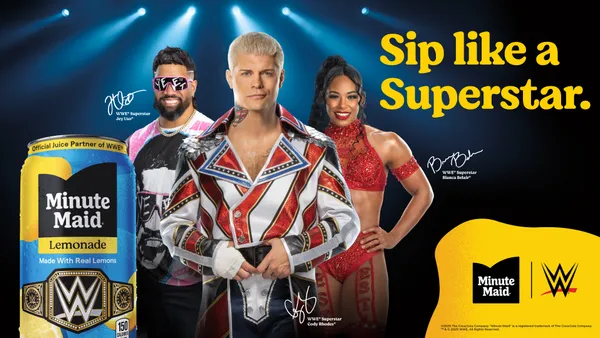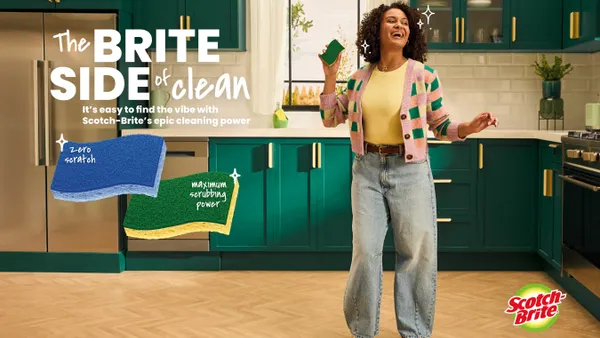Dive Brief:
- Taco Bell repeated its “Steal a Base, Steal a Taco” World Series promotion for the second year in a row, offering visitors a free taco if any player stole a base during the series. According to Sense360, the promotion impacted store visits, but not as strongly as last year, which was revealed in a report from QSR Magazine.
- The promotion ran on Nov. 7 from 2 p.m. to 6 p.m. and Sense360 found it drove a 12% increase in visits nationwide and a 23% lift in visits in Houston and Los Angeles, the two cities with teams playing in the World Series. While the promotion was successful, the 12% lift in store visits was down 17% over the 2016 offer.
- Sense360’s analysis of the entire promotional benchmark period broken into dayparts, including “on the go lunch,” “relaxed lunch,” “quick nearby dinner,” “afternoon snack,” and “late night,” found that only late night outperformed 2016 with 20% growth. The rest had decreases ranging from negative 9% to negative 21%.
Dive Insight:
It's not clear why this year's promotion didn’t match last year’s results but there are several possible explanations. Sense360 speculated that McDonald’s may have taken up part of the market share. Another possibility it that consumers were thinking about politics and not tacos or baseball as the took place on Nov. 7, which was election day. There were a number of hotly contested local races this year that received a lot of media coverage. It's also possible that there simply wasn’t as much novelty and excitement around the promotion as it was a repeat from last year.
Another possible explanation is that interest in the World Series was not as high this year compared to last year, when the Chicago Cubs won the World Series for the first time since 1908, helping drive viewership for the winning game to the highest level since 1991. In contrast, viewership this year for the final game between the Houston Astros and the Los Angeles Dodgers was down 30%.
Taco Bell’s TV advertising for this year’s promotion was interesting because it featured bright graphical overlays reminiscent of digital stickers and emoji that Instagram and Snapchat users add to their videos, potentially giving the spots appeal to the younger demographics who are the chain's biggest target audience. The spots were also an indication of how culturally pervasive the visually-oriented social media platforms have become by directly influencing TV ad creative elements.














